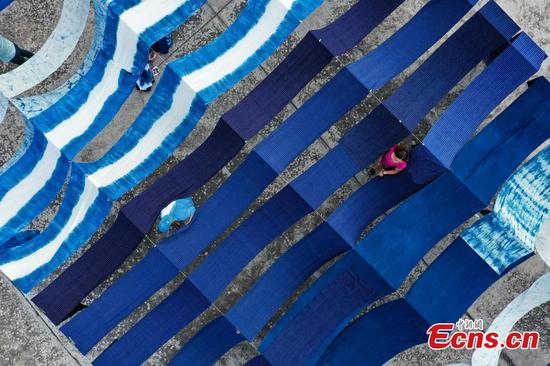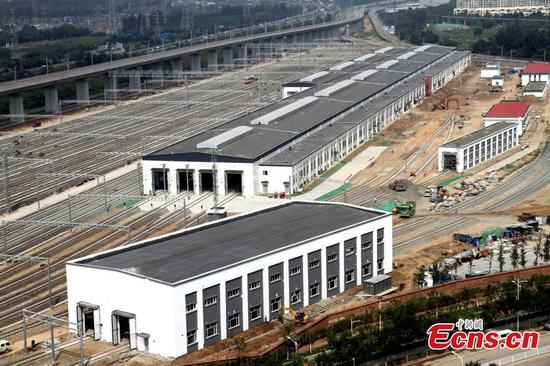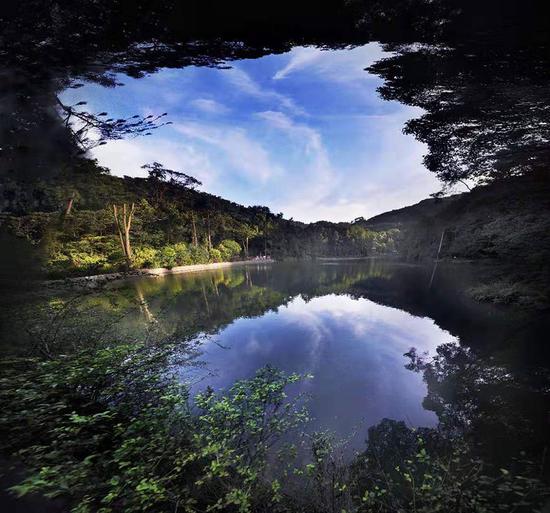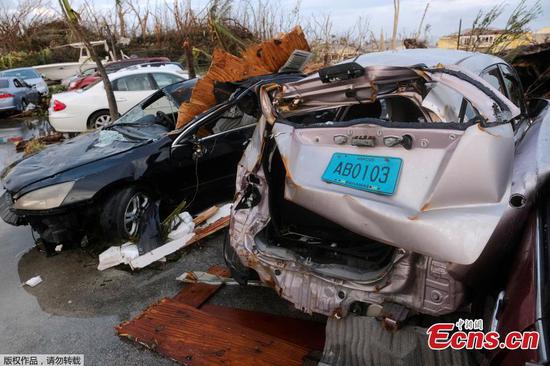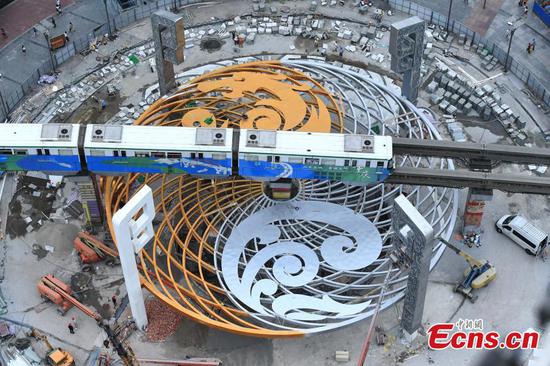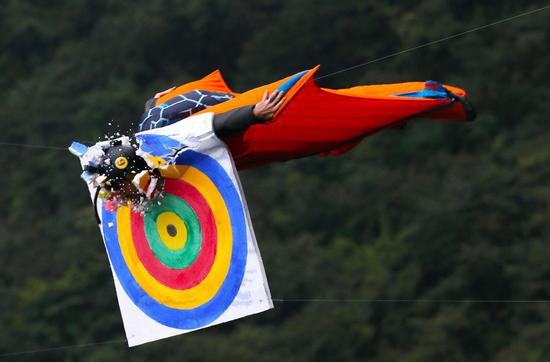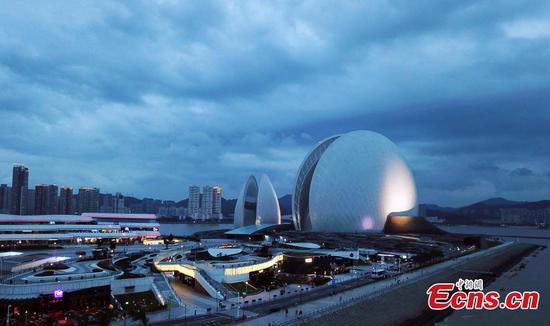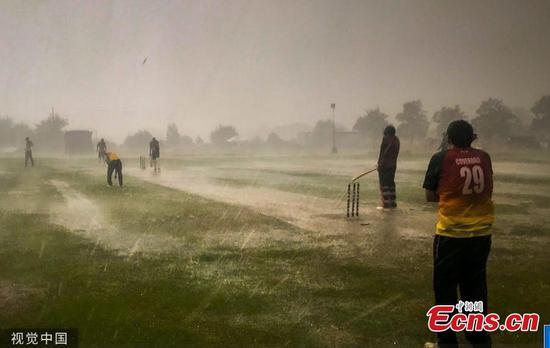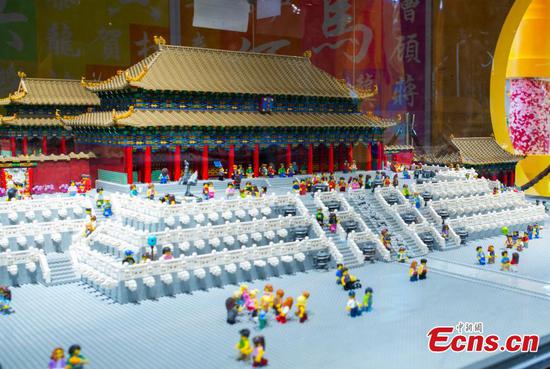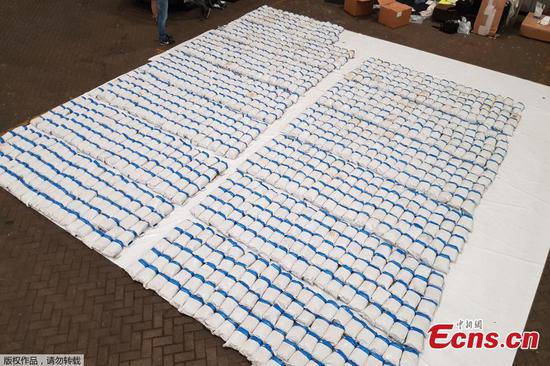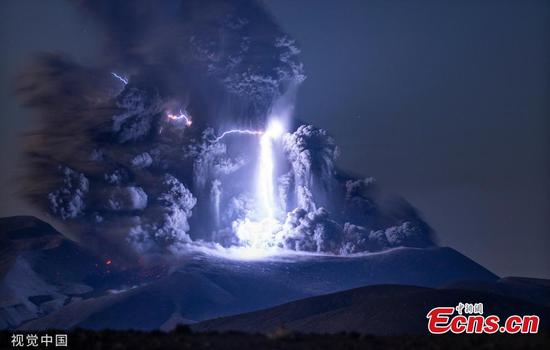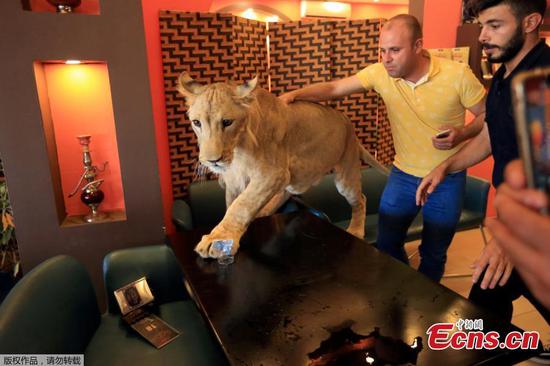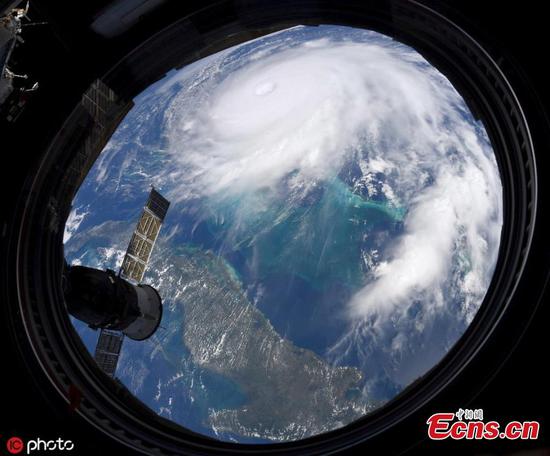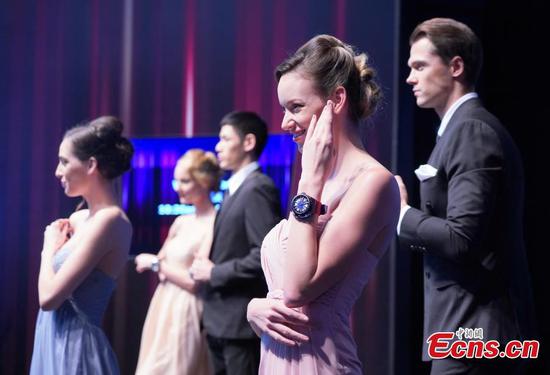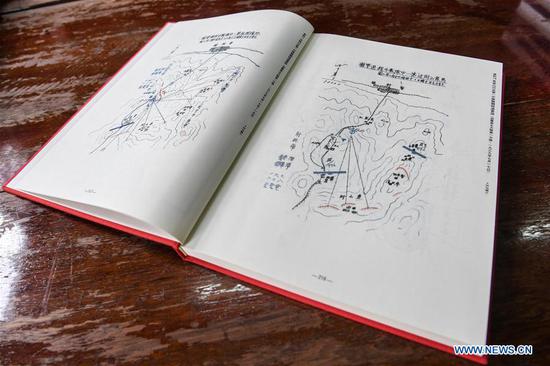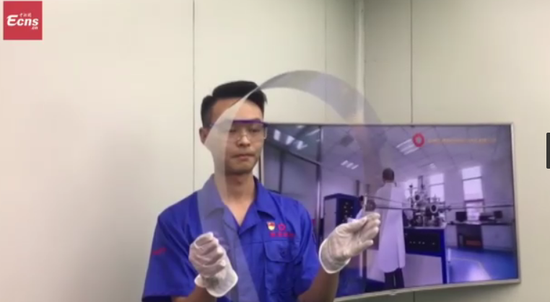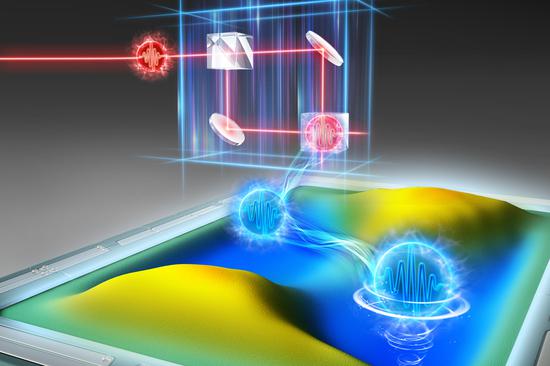
A demonstration of the research (Photo/Nanjing University)
Chinese researchers found out that light can not only be in wave or particle states but also in a quantum superposition of the two. The finding helps extend the experimental capabilities of quantum optics and possibly of future quantum technologies.
A team of Chinese researchers at Nanjing University have created a controllable quantum superposition of the two complementary states of light both as a particle and a wave.
The research, conducted by a team led by Professor Ma Xiaosong, demonstrated conclusively that light can not only be in wave or particle states but also in a quantum superposition of the two.
The finding, published in the latest issue of the journal Nature Photonics, helps extend the experimental capabilities of quantum optics and possibly of future quantum technologies, according to the researchers.
The experiment is the first quantum delayed-choice under strict Einstein locality conditions, which required connecting equipment located in two separate labs 141 meters apart.
"By carefully arranging the location and timing of the experimental setup, we achieved the required relativistic separations between relevant events," says Wang Kai, a PhD student in Ma's team and the first author of the paper.
According to Ma, the experiment showed that the properties of this quantum wave-particle superposition can be tuned, opening up new experimental capability in quantum technologies.









